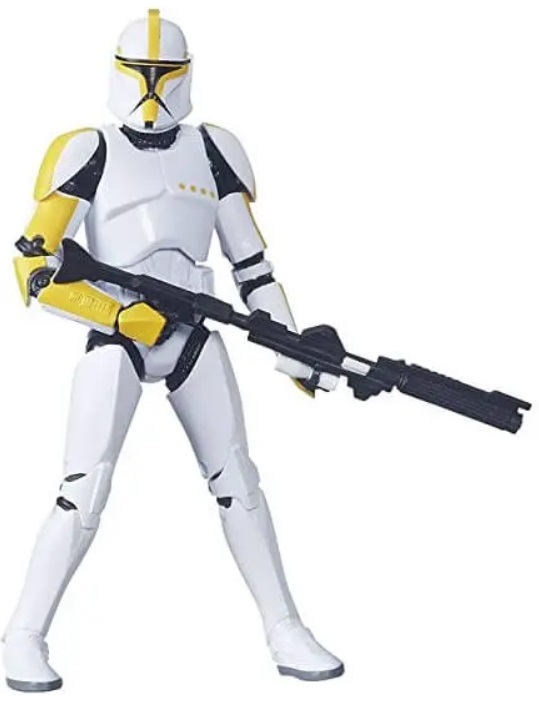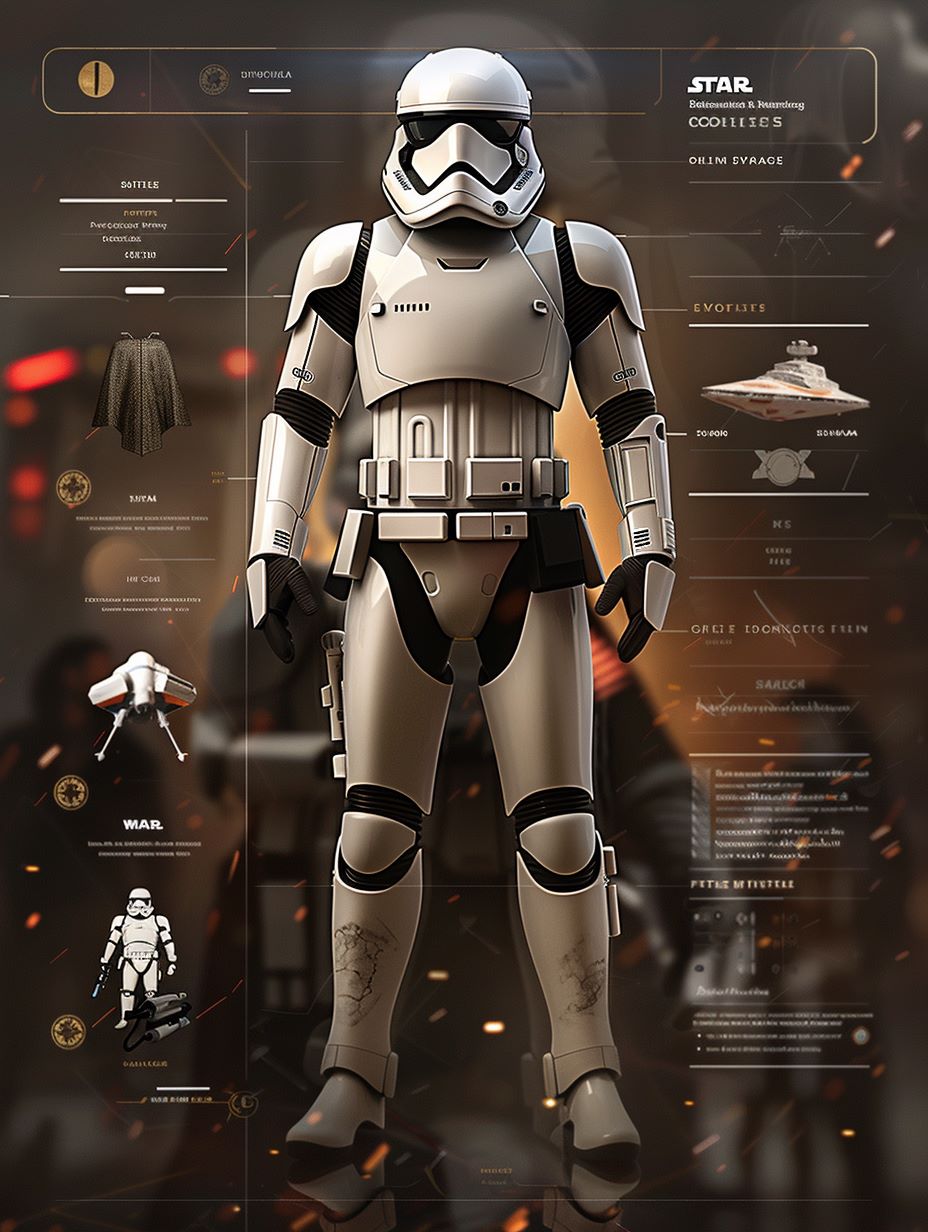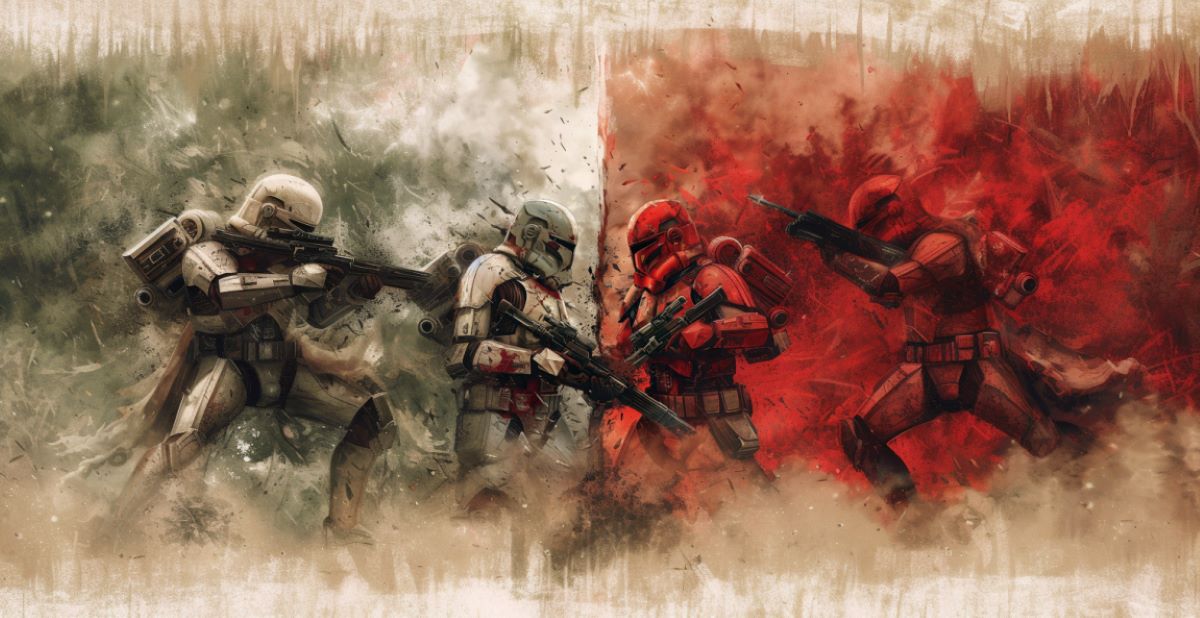I’ve always been kind of obsessed with how clone armor changes across the Star Wars timeline. From Phase I to First Order stormtroopers, there’s a lot more detail packed into these suits than I realized.
The designs don’t just look cooler over time—they also reflect changes in strategy, tech, and even politics. So I decided to put together a walkthrough of how these armors evolved and what makes each version special.
Phase I Clone Armor – Where It All Started

The Phase I armor has that classic clone look that really stands out. It was based on Jango Fett’s Mandalorian armor since the clones were made from his DNA. The Kaminoans built it to be tough and functional, but they didn’t really think about human comfort. You can kind of tell—clones had a hard time sitting in this thing because of how stiff and awkward it was.
But it wasn’t all bad. The armor came with built-in life support, tracking tech, and comms. You could even attach macrobinoculars or rangefinders. One part I think is super underrated: it was fully pressurized, so clones could operate in space if needed. Still, that bulky feeling made it pretty uncomfortable overall.
Phase I armor showed up during the Battle of Geonosis, which was the first big outing for the clone army.
Phase II – Better Design, Higher Cost

Phase II armor was a big upgrade. The Kaminoans fixed a lot of the comfort issues—this version was lighter, better-fitting, and had more protection. The helmet had a different shape too, and it came with a breath filter and a speaker to make comms clearer during missions.
There was a trade-off, though. Unlike Phase I, this armor wasn’t pressurized anymore. If a clone needed to breathe in space or somewhere with no oxygen, they had to bring extra gear.
What I found interesting is how customizable Phase II armor became. Specialists like ARC Troopers and commandos had extra mods based on their missions, which made them even more effective. But it wasn’t cheap—each suit cost around 3,000 credits, up from 2,000 for Phase I.
Stormtrooper Armor Is a Whole New Approach
When the Republic became the Empire, the armor changed too. This new version wasn’t just a better Phase II—it was totally reworked by the Imperial military. Built on Gilvaanen, the armor now had 18 plastoid plates layered over each other and synth-leather boots. It was designed to absorb glancing blaster shots and stay functional in all kinds of environments—deserts, ice, forests, even limited time in space.
The helmet really stood out to me. It had a heads-up display showing targeting info, environmental readings, and more. It also had motion sensors and polarized lenses to reduce glare while shooting. One thing I didn’t expect: it records everything the trooper says and sends it for review later. So yeah, don’t say anything dumb while wearing it.
Despite all this, the visibility through the helmet was still pretty limited, and the comfort level wasn’t exactly great. But it was solid, and it did the job across the Empire’s many campaigns.
First Order Armor – Streamlined and Specialized

The First Order didn’t just copy Imperial armor—they refined it. The new stormtrooper gear kept the same idea with the 18 plastoid plates, but the joints were redesigned to be more flexible. I thought that was a smart move, especially for fast-paced missions.
There’s more tech packed in now too. Each suit is linked to First Order tracking systems, and the helmet projects a steady stream of data—everything from ammo count to weather conditions. The inside is full of info, but they actually cut some of the high-end imaging tools just to keep the helmet from getting too heavy.
I really liked learning how specialized these suits became. You’ve got flametroopers, snowtroopers, and then there’s Captain Phasma’s chrome armor—polished in chromium and symbolizing command. It’s also fire-resistant, which is a nice bonus when you’re charging into chaos.
The helmet’s smoke filter is cool, but it can’t filter out toxins, so that’s one weak point. Still, for most missions, it holds up well. And with rank shown through colored pauldrons, it’s easy to spot who’s in charge.
Quick Armor Comparison
|
Armor Type |
Material | Features | Comfort |
Cost |
|
Clone Trooper Armor Phase I |
Durable white plastoid |
Life-support system, tracking device, commlink, pressurization for space survival | Known to be heavy and uncomfortable |
2000 credits |
|
Clone Trooper Armor Phase II |
Durable white plastoid |
Life-support system, tracking device, commlink, pressurization for space survival | Lighter, more comfortable, greater protection |
3000 credits |
|
Stormtrooper Armor |
18 individual, overlapping plastoid composite plates and synth-leather boots |
Reinforced alloy plate ridge, sniper position knee protector plate, visual processor in helmet for various environments | Designed for mobility and protection in extreme environments |
N/A |
|
First Order Stormtrooper Armor |
18 individual, overlapping plastoid composite plates |
Updated joint design for greater flexibility, armor linked to First Order trackers, specialized versions for different roles (e.g., flametroopers, snowtroopers), helmets with smoke filtration system and data projection, armor is fire-resistant |
N/A |

